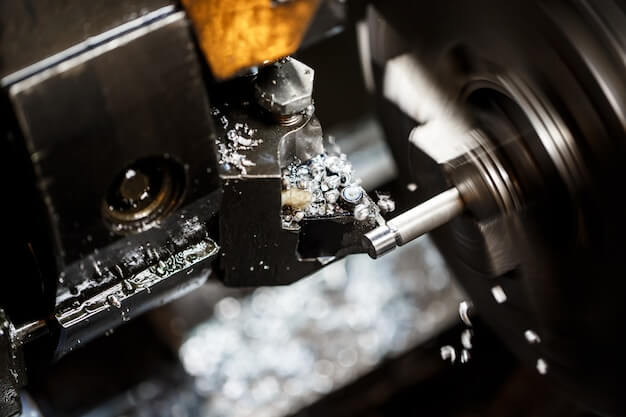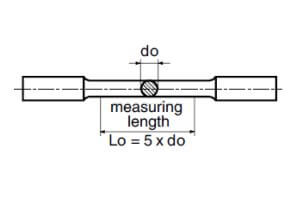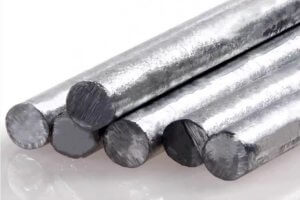Introduction to CNC Machining and Material Choices
CNC (Computer Numerical Control) machining is a critical process in precision parts manufacturing. Its importance lies in its ability to create intricate and accurate components with minimal human intervention, boosting efficiency and precision. The choice of material plays a pivotal role in this process, directly influencing machinability, durability, and the part’s ultimate performance. Two commonly used materials in CNC machining are aluminum and brass.
aluminum cnc machining service
- Aluminum: Known for its lightweight properties, high strength-to-weight ratio, and excellent corrosion resistance, aluminum is a preferred choice for many industries, including aerospace and automotive.
- Brass: Brass stands out due to its superior machinability, good strength, and electrical conductivity. It’s often used in applications where low friction is required, such as gears, bearings, and valve components.
The selection between aluminum and brass depends upon several factors such as the intended application of the part, the working environment, and specific performance requirements. Regardless of the choice, both these materials, when worked upon by the precise and technologically advanced CNC machining process, can produce high-quality, durable parts.
Understanding Aluminum in CNC Machining
In the realm of CNC machining, aluminum holds a key position due its distinctive properties. Light yet sturdy, this element is renowned for its good thermal conductivity and malleability, making it an excellent material for precision parts manufacturing. One salient advantage of using aluminum in CNC machining resides in its light weight, which affords easy manipulation and reduces strain on machinery.
-
Aluminum’s commendable thermal conductivity ensures efficient heat dissipation during machining processes, thereby preserving the integrity of the machine parts.
-
Its malleability further simplifies the process as it easily adapts to different shapes without compromising structural strength.
However, aluminium is not without its challenges in CNC machining. It tends to stick to the cutting tools which can compromise the finishing of manufactured parts. Additionally, because of its softness, there might be issues with burring or deformation if undue pressure is applied. Hence, careful strategies must be implemented when working with aluminum to mitigate these potential pitfalls.
Understanding Brass in CNC Machining
Brass, an alloy of copper and zinc, is a go-to material in CNC machining. It is known for its excellent machinability, meaning it is easy to cut or drill into, making it a popular choice in precision parts manufacturing. The workability of brass facilitates a high level of detail and complexity in final products, which is essential in the precision-oriented CNC machining process.
Notably, brass exhibits superior corrosion resistance. This attribute significantly elongates the lifespan of the machined parts and reduces the need for frequent replacements, thus offering cost and time efficiency.
However, using brass in CNC machining is not without challenges. Brass, being softer than many other metals, may require specific tooling or machining parameters to avoid excessive wear on the tools or deformation of the parts. In addition, brass is more expensive than some other common materials used in CNC machining, such as aluminum, which could affect the overall cost of manufacturing.
-
Excellent Machinability: Brass is easy to cut or drill into, making it a popular choice in CNC machining.
-
Corrosion Resistance: Brass exhibits superior resistance to corrosion, which prolongs the lifespan of machined parts and reduces the need for replacements.
-
Potential Challenges: Brass, being softer than many other metals, may require specific tooling or machining parameters. Additionally, it is more costly than some other materials used in CNC machining, such as aluminum.
Comparing Aluminum and Brass in CNC Machining
When comparing aluminum and brass in CNC machining, it’s important to consider the following:
- Advantages of Aluminum:
- Corrosion resistance
- High strength-to-weight ratio
- Economical production costs
- Suitability for a wide range of aircraft components
- Advantages of Brass:
- Medium hardness and high tensile strength
- Suitability for industries such as electrical goods, consumer goods, and healthcare
- Advantages in terms of machining speed
Real-world Examples of Aluminum vs. Brass in CNC Machining
In precision parts manufacturing, the decision between using aluminum or brass largely depends on the project requirements. For instance, in the automotive industry, manufacturers frequently opt for aluminum due to its lightweight nature, contributing to vehicle fuel efficiency. An example can be seen in manufacturing engine blocks and chassis. However, if a part requires excellent electrical conductivity, such as connectors in the electronics industry, manufacturers may select brass.
- Engine blocks: In automobile industries, lightness is prioritized to increase fuel efficiency. Therefore, pieces like engine blocks are typically machined from aluminum because it’s relatively lighter than brass.
- Chassis: Similarly, vehicle chassis components made of aluminum offer weight advantages leading to improved speed and mileage.
- Electronic connectors: On the other hand, when high conductivity is required, brass becomes an optimal choice. Electronic connectors are an example of how brass is used due to having better electric conductivity than aluminum.
Other Articles You Might Enjoy
- Precision CNC Machining: Aluminum vs. Brass for Your Custom Parts
Introduction to Precision CNC Machining and Custom Parts Precision CNC (Computer Numeric Control) machining is a cutting-edge manufacturing process that utilizes computer-controlled machinery to produce intricately designed custom parts, adhering…
- Aluminum CNC Machining Service for Custom Parts
Aluminum CNC machining stands at the forefront of modern manufacturing, epitomizing precision, versatility, and efficiency. With its widespread applications across industries ranging from aerospace to automotive and beyond, aluminum CNC…
- Precision CNC Machining: Aluminum vs. Brass - Deciding on the Ideal Metal for Your Project
Introduction to Precision CNC Machining and Metal Choices Precision CNC Machining is a crucial technique in the manufacturing industry, leveraging the power of computers for highly accurate and efficient product…









